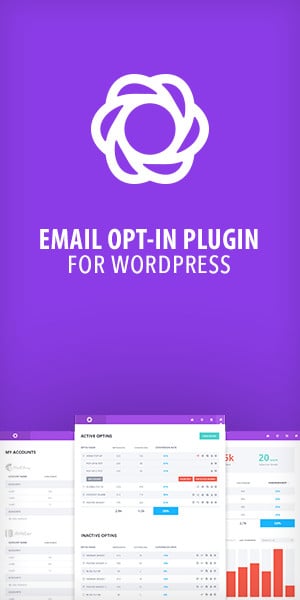In today’s digital landscape, reaching a diverse audience requires more than a one-size-fits-all approach. Adaptive content, designed to be flexible and responsive, can be tailored to meet the needs and preferences of different audience segments. This blog post explores the concept of adaptive content’s benefits and strategies for creating content that engages and resonates with various audiences.
What is Adaptive Content?
Definition and Purpose
Adaptive content is designed to be dynamic, personalized, and contextually relevant. It adjusts to the needs of different users based on various factors such as device, location, behavior, and preferences. The primary goal is to enhance user experience by delivering the right content to the right person at the right time.
Benefits of Adaptive Content
- Enhanced User Engagement: Personalized content keeps users engaged by addressing their interests and needs.
- Improved User Experience: Adaptive content enhances the overall user experience by delivering relevant content, making interactions more meaningful.
- Increased Conversion Rates: Targeted content will likely convert users by addressing their pain points and providing tailored solutions.
- Better SEO Performance: Search engines favor content that provides a better user experience, which can lead to improved search rankings.
Strategies for Creating Adaptive Content

Understand Your Audience
The first step in creating adaptive content is to understand your audience. Conduct thorough research to identify different audience segments and their unique needs. Use tools like surveys, analytics, and user personas to gather insights.
Develop a Content Matrix
Create a content matrix that maps out the types of content needed for each audience segment. Consider factors such as the user’s stage in the buyer’s journey, their preferences, and the channels they use. This will help ensure that you have relevant content for every scenario.
Use Personalization Techniques
Leverage personalization techniques to tailor content to individual users. This can include using dynamic content blocks, personalized recommendations, and targeted email campaigns. Utilize data such as past interactions, browsing behavior, and demographic information to inform your personalization efforts.
Implement Multi-Channel Strategies
Ensure your content is adaptable across different channels and devices. This means creating content that can be easily repurposed for social media, email, websites, and mobile apps. Use responsive design principles to ensure your content looks great and functions well on any device.
Leverage Content Management Systems (CMS)
Use a robust CMS that supports adaptive content. A good CMS should allow you to manage and deliver personalized content easily. Features like dynamic content rendering, audience segmentation, and multi-channel publishing are essential.
Create Modular Content
Develop content in modular formats that can be easily mixed and matched. This allows you to create various content pieces from core components, making it easier to adapt and repurpose content for different audiences and contexts.
Utilize Metadata and Tagging
Tag your content with relevant metadata to make it easier to categorize and retrieve for different purposes. This helps deliver the right content based on user queries and preferences, enhancing its relevance and personalization.
Measure and Optimize
Continuously monitor the performance of your adaptive content. Use analytics to track engagement, conversion rates, and other key metrics. Use this data to refine your content strategy and make necessary adjustments to improve effectiveness.
Case Studies and Examples
Example 1: E-commerce Personalization

An e-commerce website uses adaptive content to personalize its users’ shopping experience. By analyzing browsing history and purchase behavior, the website displays personalized product recommendations and tailored offers, which results in higher engagement and increased sales.
Example 2: Educational Content
An online learning platform uses adaptive content to provide personalized learning paths for students. The platform adjusts the content, quizzes, and resources based on their progress and performance to meet each student’s needs. This leads to improved learning outcomes and higher student satisfaction.
Adaptive content is essential for effectively reaching and engaging diverse audiences. By understanding your audience, leveraging personalization techniques, and utilizing the right tools and strategies, you can create flexible content that resonates with users across various channels. Embracing adaptive content enhances user experience and drives better engagement, higher conversion rates, and improved overall performance.






